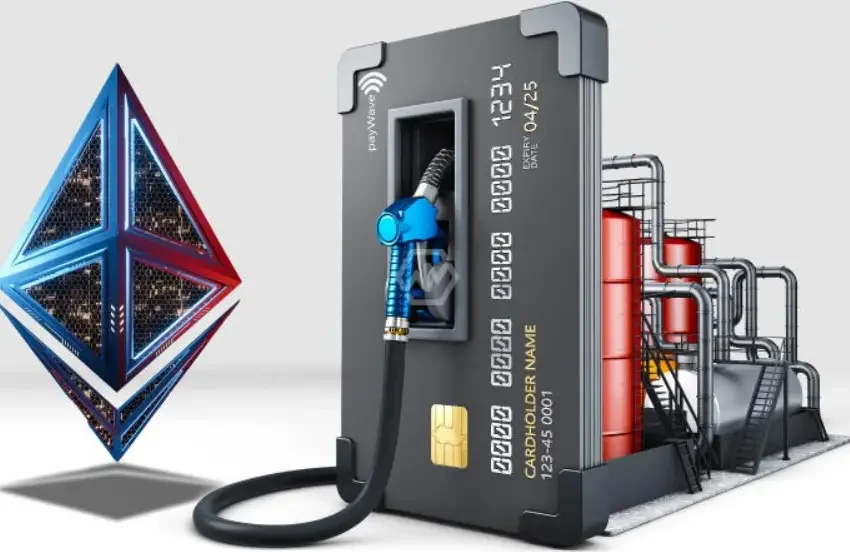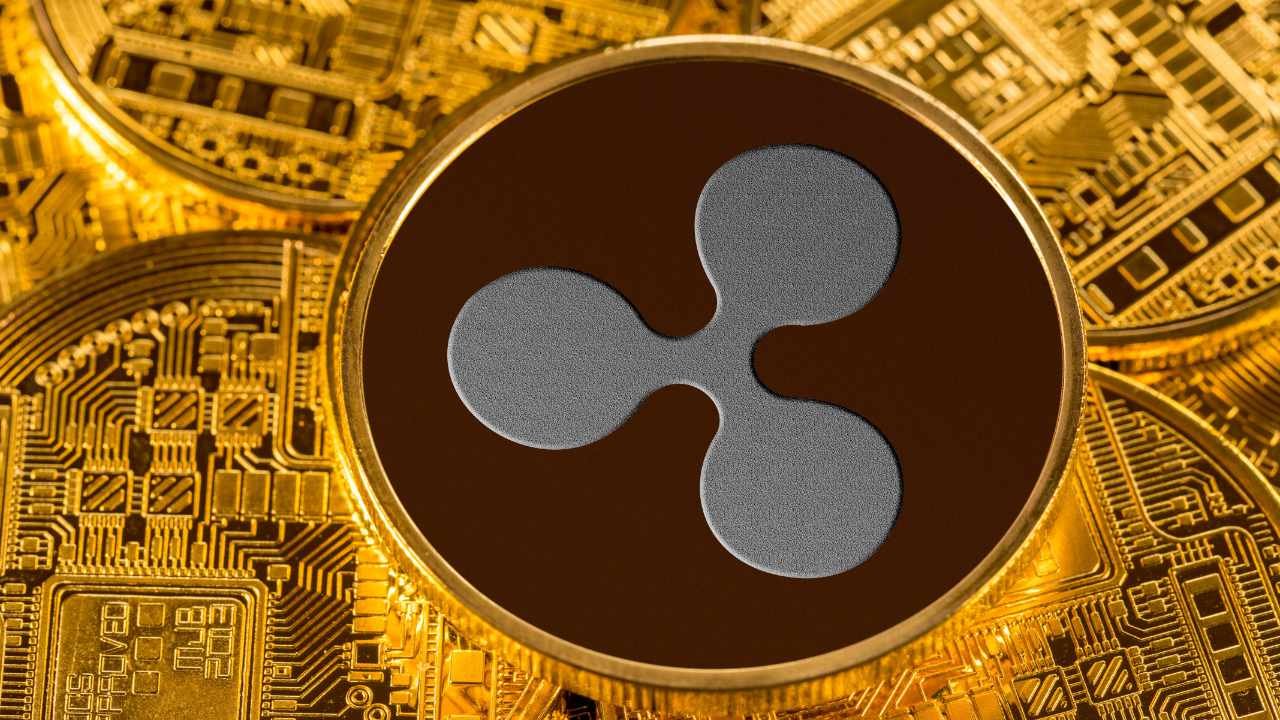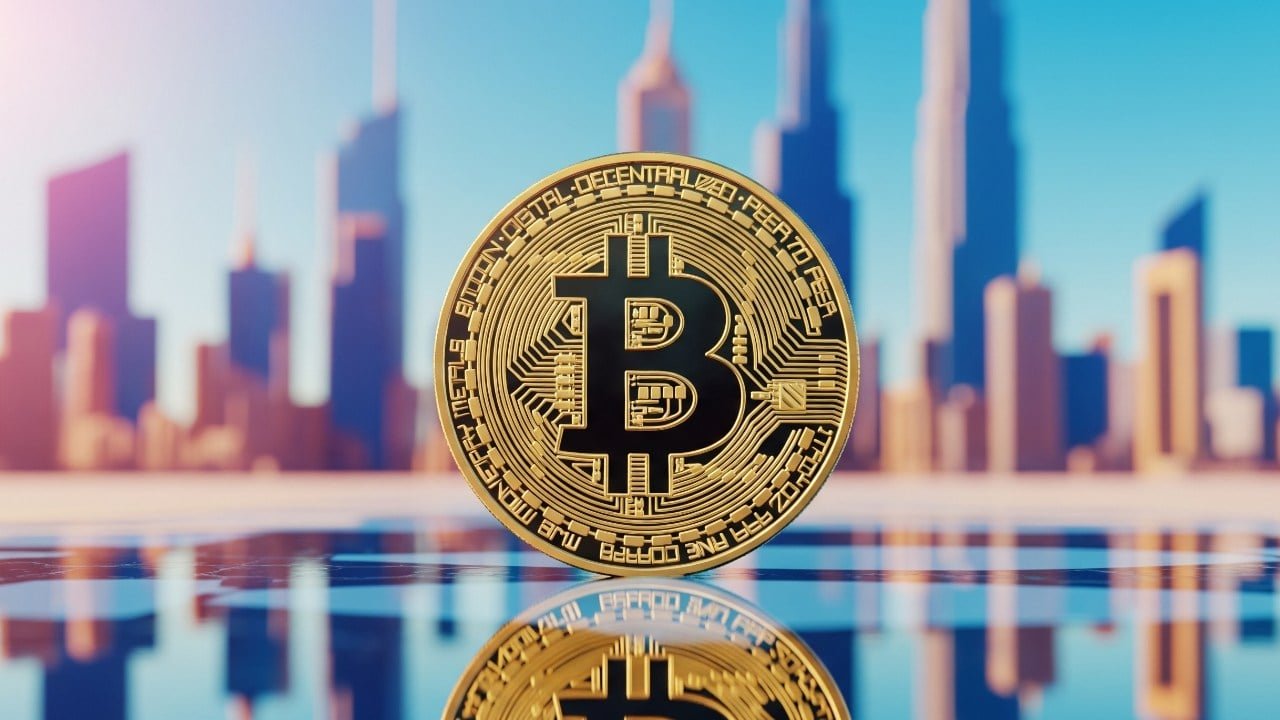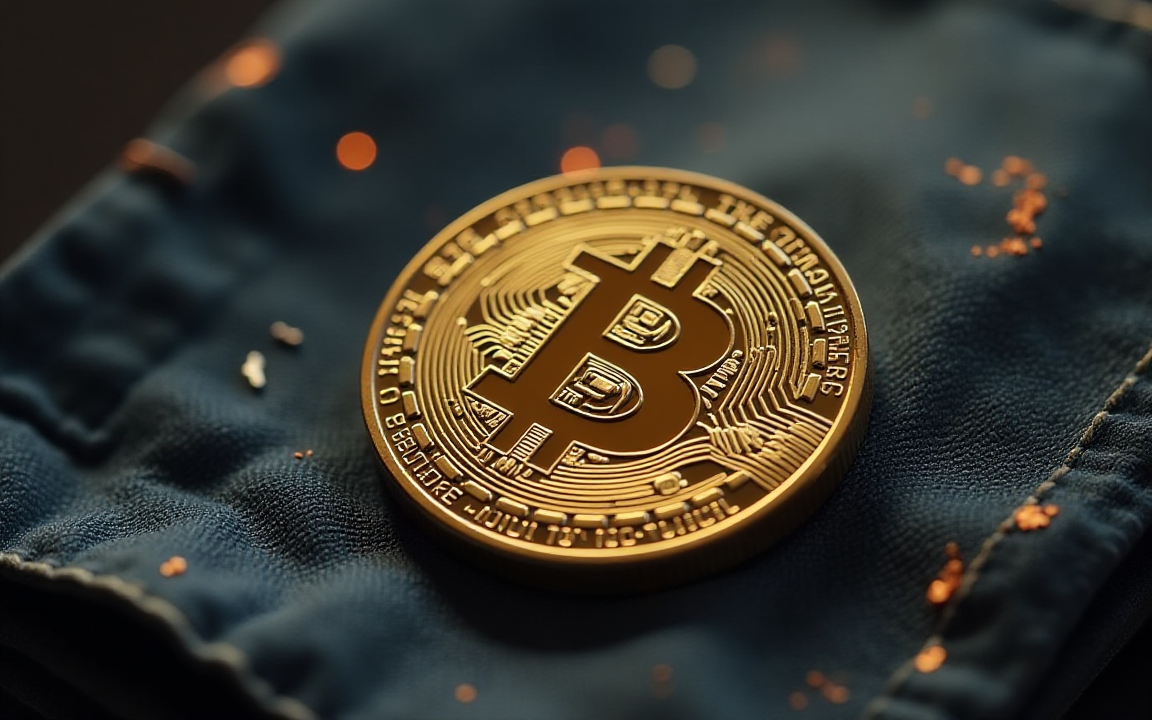XRP and RLUSD Fuel Real-World Payments for 20 Million Merchants
Ethereum Developers Launch “Pump the Gas” Drive
(Originally posted on : Crypto News – iGaming.org )
The “pump the gas” effort, started by Ethereum’s core developers, aims to increase the blockchain’s gas cap from 30 million to 40 million. The goal of this operation, which was announced on March 20, is to drastically lower transaction costs on Ethereum’s main layer by 15% to 33%.
Origins and Objectives
The brainchild of Eric Connor, a prominent Ethereum developer, and Mariano Conti, former head of smart contracts at MakerDAO, this campaign endeavors to accommodate a 33% surge in daily transaction volume on Ethereum. Their newly established website serves as a platform to rally support for this cause.
A primary concern driving this initiative is the discrepancy in transaction fees between layer-1 and layer-2 networks. While the introduction of data blobs in the Dencun update via EIP-4844 successfully slashed layer-2 transaction costs, layer-1 fees have remained stagnant. By amplifying the gas limit and harnessing data blobs, developers aim to enhance scaling for both layers.
Gas, denominated in gwei, is pivotal for executing transactions and smart contracts on Ethereum. The gas limit, a critical parameter, dictates the maximum gas utilization per block. Since August 2021, this limit has been fixed at 30 million, ensuring optimal block sizes for network speed and synchronization.
Raising the gas limit holds the promise of bolstering network performance by accommodating more transactions per block. However, it also raises concerns about heightened hardware resource demands, potentially exposing the network to spam and attacks.
New players only. Exclusive Welcome Bonus of up to $2,500
Although there is support for the concept in the Ethereum community, doubts persist. Venture capitalist and supporter of Ethereum Evan Van Ness doubts that raising the gas limit is feasible, particularly in light of the effects of earlier updates like EIP-4844. In a similar vein, Ethereum programmer Marius van der Wijden warns about potential performance consequences and raises worries about blockchain state implications.
The Ethereum network has been beset by ongoing scalability issues, which have resulted in astronomical gas prices during spikes in demand. Even as the project picks up steam, its future is still unknown. But the push to improve scalability and reduce transaction fees highlights Ethereum’s continuous development and dedication to fulfilling the needs of its expanding ecosystem.







 Bitcoin
Bitcoin  Ethereum
Ethereum  Tether
Tether  XRP
XRP  Solana
Solana  USDC
USDC  TRON
TRON  Dogecoin
Dogecoin  Lido Staked Ether
Lido Staked Ether  Cardano
Cardano  Wrapped Bitcoin
Wrapped Bitcoin  Hyperliquid
Hyperliquid  Wrapped stETH
Wrapped stETH  Bitcoin Cash
Bitcoin Cash  Sui
Sui  Chainlink
Chainlink  LEO Token
LEO Token  Avalanche
Avalanche  Stellar
Stellar  USDS
USDS  Toncoin
Toncoin  WhiteBIT Coin
WhiteBIT Coin  Shiba Inu
Shiba Inu  WETH
WETH  Litecoin
Litecoin  Wrapped eETH
Wrapped eETH  Binance Bridged USDT (BNB Smart Chain)
Binance Bridged USDT (BNB Smart Chain)  Hedera
Hedera  Monero
Monero  Bitget Token
Bitget Token  Ethena USDe
Ethena USDe  Polkadot
Polkadot  Coinbase Wrapped BTC
Coinbase Wrapped BTC  Pi Network
Pi Network  Uniswap
Uniswap  Pepe
Pepe  Aave
Aave  Dai
Dai  Aptos
Aptos  Ethena Staked USDe
Ethena Staked USDe  OKB
OKB  Bittensor
Bittensor  BlackRock USD Institutional Digital Liquidity Fund
BlackRock USD Institutional Digital Liquidity Fund  NEAR Protocol
NEAR Protocol  Jito Staked SOL
Jito Staked SOL  Internet Computer
Internet Computer  Cronos
Cronos  Ethereum Classic
Ethereum Classic  sUSDS
sUSDS  Ondo
Ondo  Tokenize Xchange
Tokenize Xchange  USD1
USD1  Mantle
Mantle  Gate
Gate  Cosmos Hub
Cosmos Hub  Official Trump
Official Trump  VeChain
VeChain  Artificial Superintelligence Alliance
Artificial Superintelligence Alliance  Lombard Staked BTC
Lombard Staked BTC  Sky
Sky  POL (ex-MATIC)
POL (ex-MATIC)  Render
Render  Ethena
Ethena  Sei
Sei  Arbitrum
Arbitrum  Filecoin
Filecoin  Algorand
Algorand  Jupiter Perpetuals Liquidity Provider Token
Jupiter Perpetuals Liquidity Provider Token  Binance-Peg WETH
Binance-Peg WETH  USDtb
USDtb  Worldcoin
Worldcoin  Quant
Quant  KuCoin
KuCoin  Binance Staked SOL
Binance Staked SOL  USDT0
USDT0  Jupiter
Jupiter  NEXO
NEXO  Rocket Pool ETH
Rocket Pool ETH  SPX6900
SPX6900  Kaia
Kaia  Injective
Injective  Bonk
Bonk  Polygon Bridged USDT (Polygon)
Polygon Bridged USDT (Polygon)  Stacks
Stacks  Binance Bridged USDC (BNB Smart Chain)
Binance Bridged USDC (BNB Smart Chain)  Celestia
Celestia  PayPal USD
PayPal USD  Sonic
Sonic  Fartcoin
Fartcoin  Virtuals Protocol
Virtuals Protocol  Optimism
Optimism  Mantle Staked Ether
Mantle Staked Ether  Solv Protocol BTC
Solv Protocol BTC